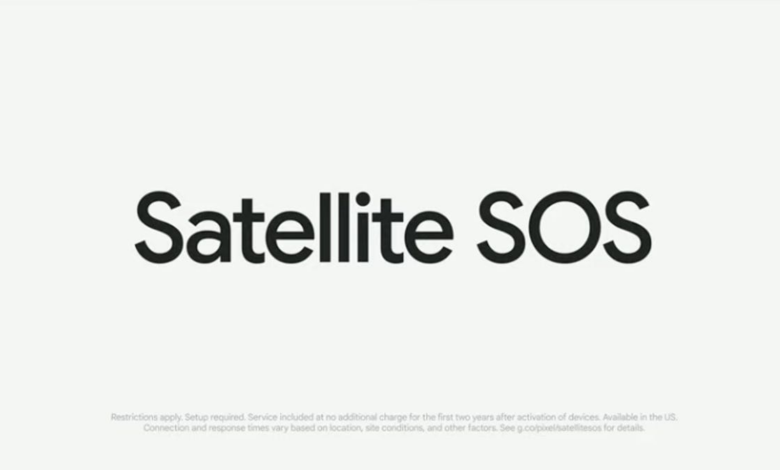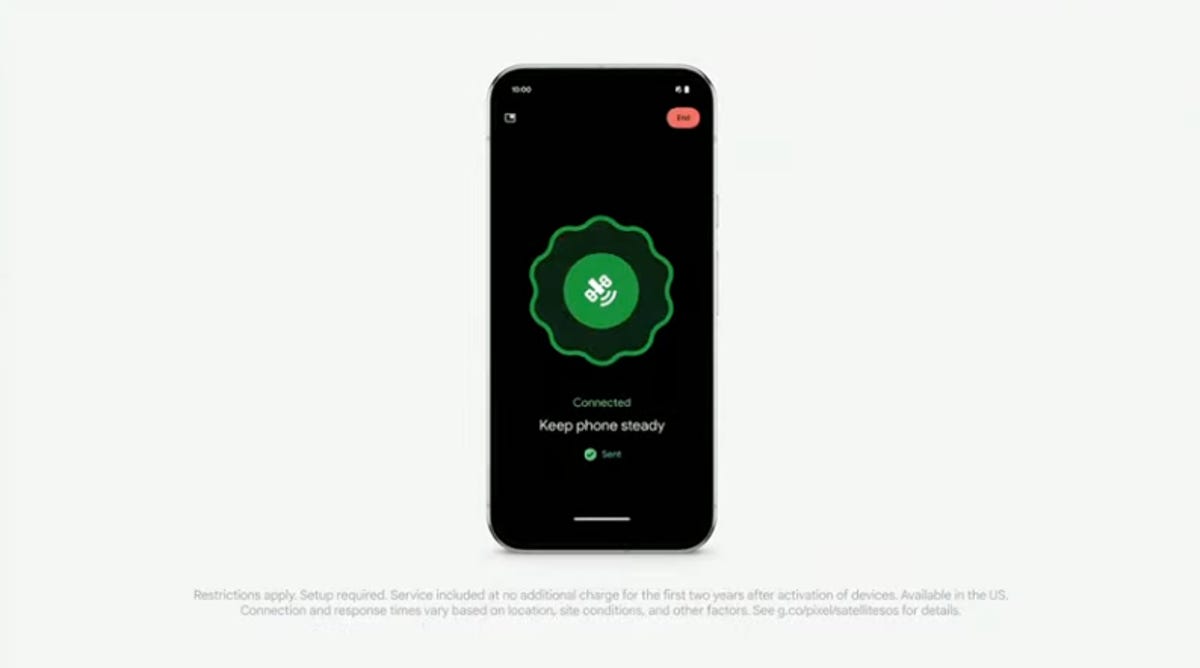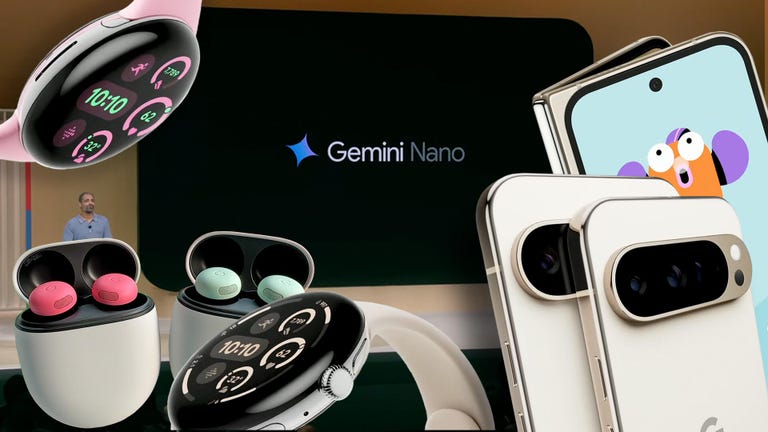Google Pixel 9 gets satellite SOS feature that uses Skylo network



During Tuesday’s Made By Google event, we got our first official look at the new Pixel 9 phone series. While they feature some hardware upgrades over last year’s Pixel 8, Google spent a much larger amount of time explaining all the ways its Gemini Chat AI assistant can be used in everyday life. The company barely mentioned another new feature coming to the Pixel 9 phones that could potentially save lives: Satellite SOS, which helps users contact emergency services when they’re out of range of cellular data and Wi-Fi.
A rival to Apple’s Emergency SOS (which only works with iPhones), Satellite SOS works in a similar way: When users are out of signal range, they can tap the Satellite SOS button to fill out a questionnaire describing their emergency and be connected to an emergency service provider for back-and-forth text exchanges. They can also optionally alert their emergency contacts. As with Apple’s satellite solution, Google Satellite SOS works regardless of which carrier a user is signed up with.
There are a few big caveats to Satellite SOS. Right now, it’s only available on the Pixel 9 series of phones and the Pixel 9 Pro Fold. It only works in the continental US (sorry, Hawaii and Alaska) for now. And you have to have Google Messages selected as your default messaging app. If that’s not the case, you’ll get a notification that Satellite SOS is no longer available, according to a report Google Blog Post.

A Pixel 9 display with Satellite SOS.
Satellite SOS uses satellite service provider Skylo to place these emergency calls. Skylo says it has partnerships with multiple satellite partners worldwide and has worked with the Google and Android teams to create a “direct-to-device” satellite connectivity experience, according to the company press releaseThis concierge-like service is similar to how Apple set up its Emergency SOS service to manage connectivity on the back end, so that in an emergency, users only have to worry about sending and receiving messages to emergency services.
But like Apple’s solution, Google still hasn’t answered some basic questions about Satellite SOS. Google is only promising two years of Satellite SOS, but isn’t saying how much it will cost after that — much like Apple, which also offered two years of free satellite service before quietly giving users an additional year for free without explaining how users can pay for it after that. Google also hasn’t explained whether other Pixel or non-Pixel Android phones will be able to use Satellite SOS in the future, or which areas outside of the continental U.S. will get future support for the service.
Skylo is an interesting partner for Google to choose. The company is no stranger to tying its satellite services to consumer devices, as it in collaboration with rugged phone maker Bullitt early 2023 to launch its Motorola Defy 2 device (known as the Cat S75 elsewhere) and a standalone dongle to the satellite networks that Skylo leases. With Apple partnering with satellite network company Globalstar for Emergency SOS, and satellite network company Iridium pitching its own phone connectivity option after ending a deal to tie in Qualcomm’s Snapdragon Satellite feature, satellite connectivity is in flux.
Google’s new Satellite SOS feature has given Apple’s Emergency SOS a new lease on life, although it was initially only available to a few phones. It remains to be seen how long iPhone owners can maintain their lead in mainstream satellite connectivity.
New Pixel 9 owners can try out the Satellite SOS feature as a demo, even when they’re in mobile range. Simply open Settings > Safety & emergency > Satellite SOS and follow the demo instructions, according to Google’s blog post.

Check this out: Everything Announced at Google’s Pixel Gemini Event




